Shell’s plan to add 360kW ultra-rapid chargers next year to its Recharge UK stations will, claims the company, capture more of the enthusiast-driver market for high-power, performance and luxury EVs, while also leap-frogging rival networks with the fastest DC chargers available in the UK.
Supplied by the world’s biggest-charger supplier, ABB, the introduction of 150 of "the world’s fastest EV chargers" will lift Shell’s Recharge network above rivals like BP Pulse, Ionity and Gridserve/Electric Highway for outright charging speed and futureproof its network for the next three years or more.

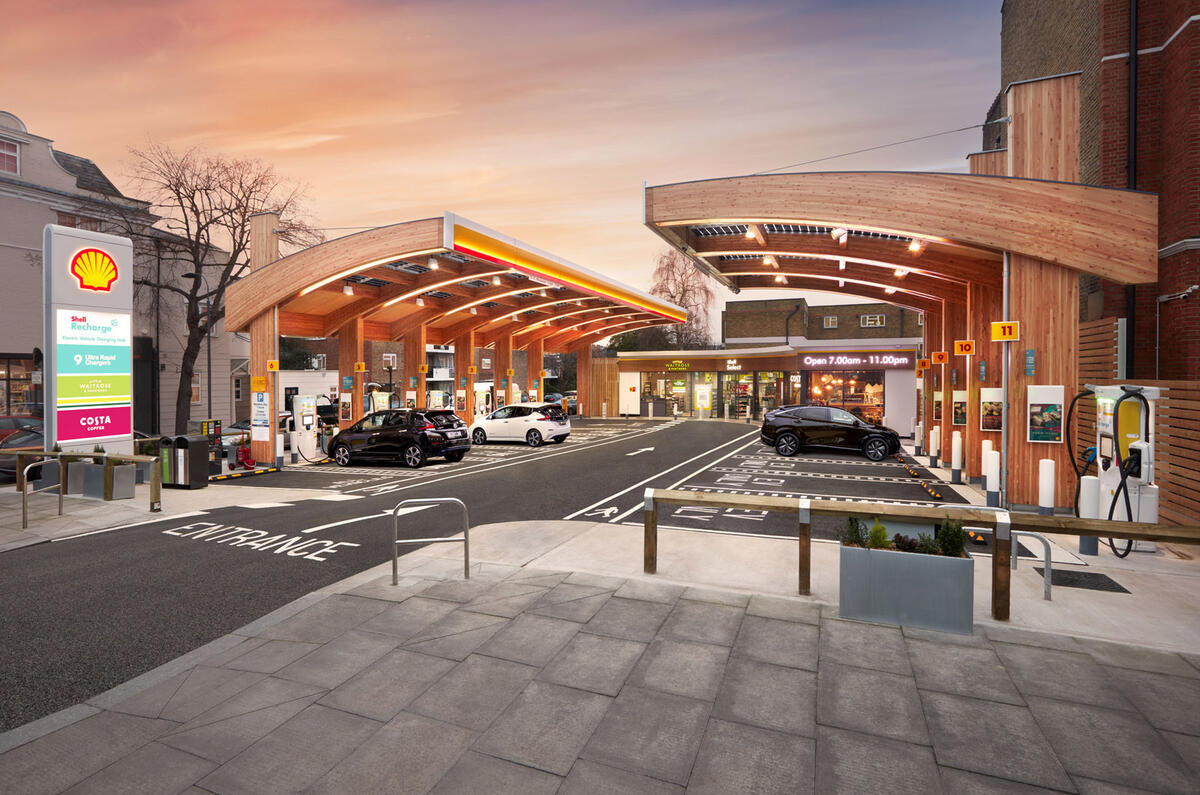
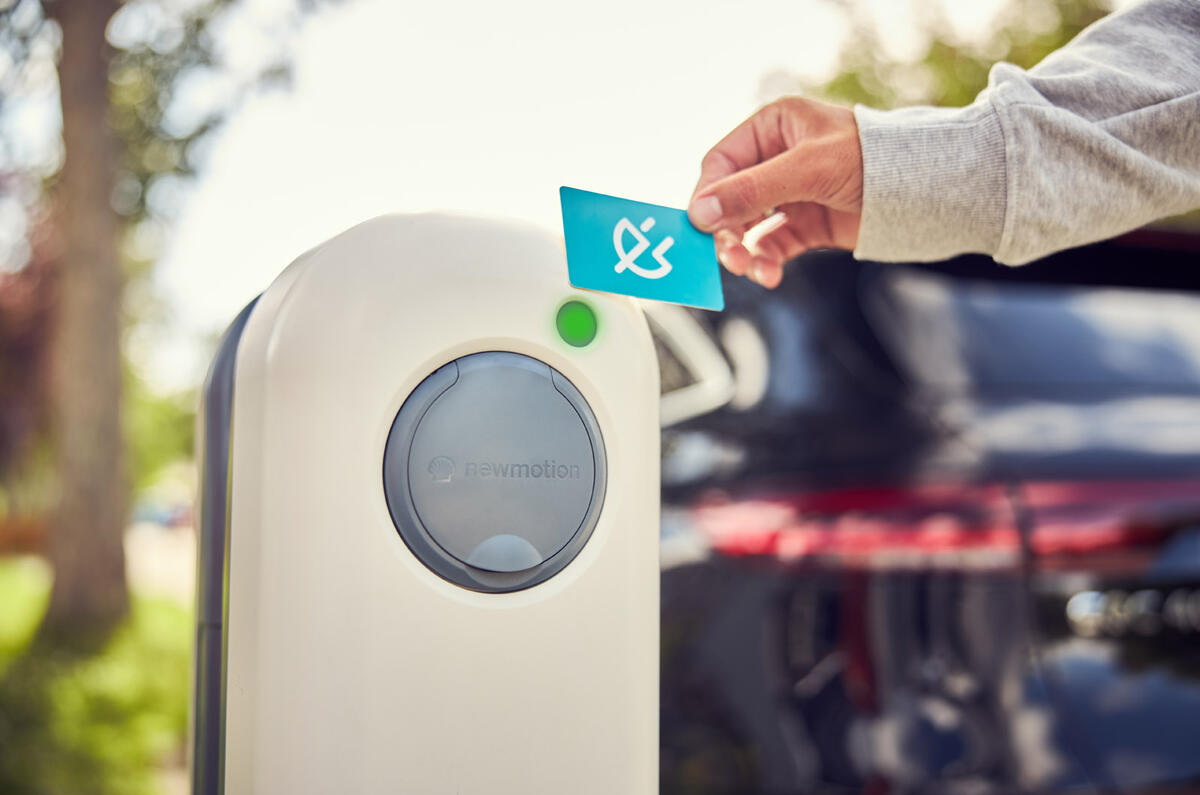
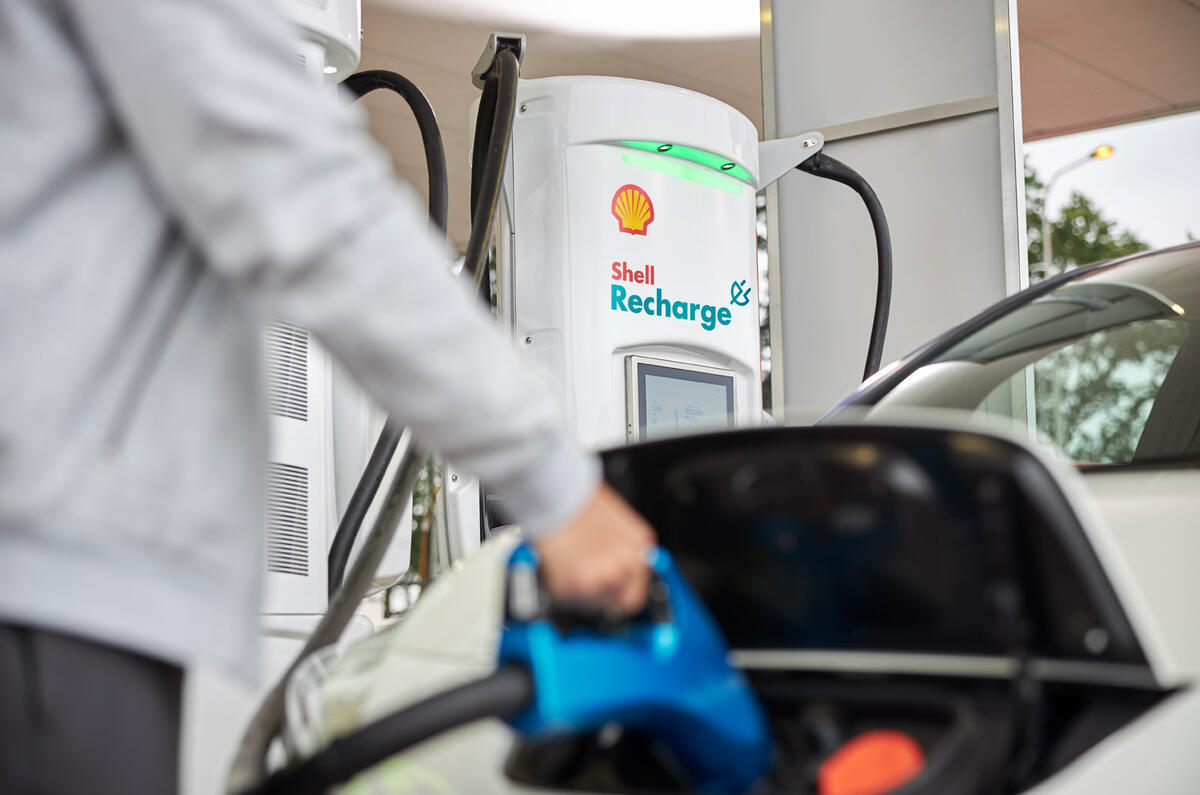
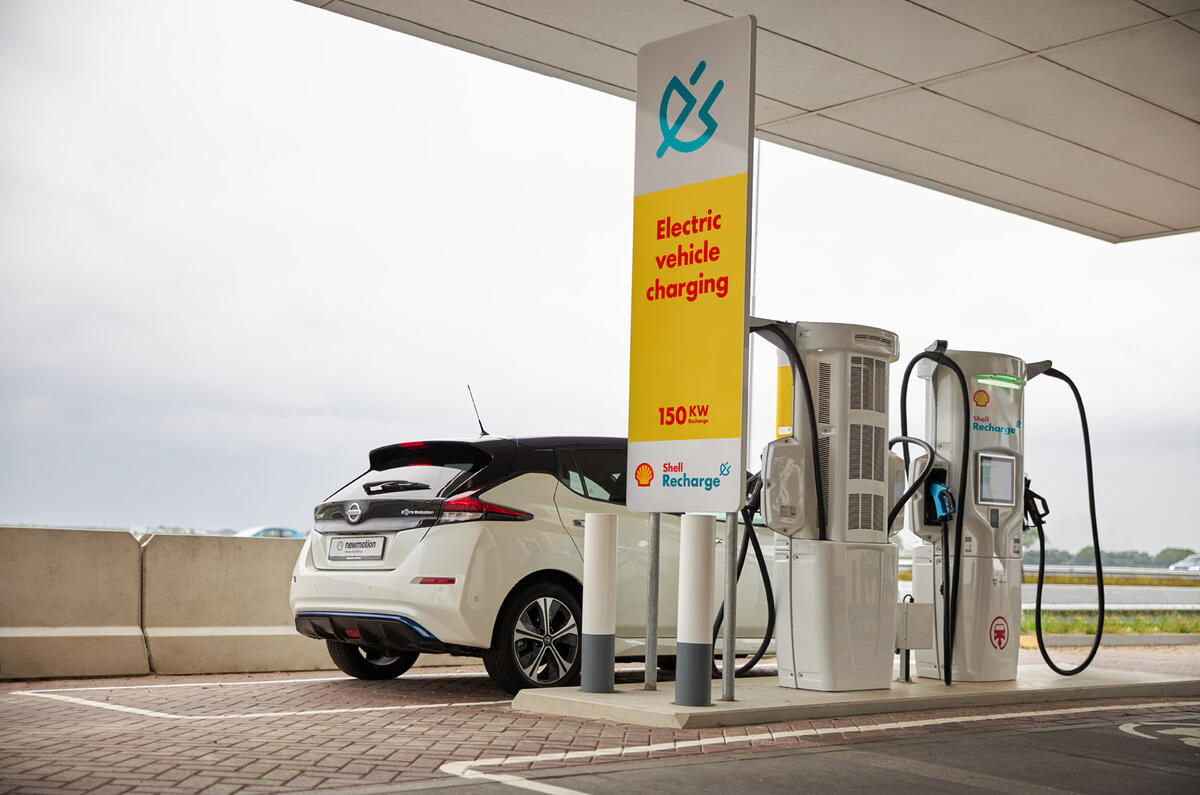
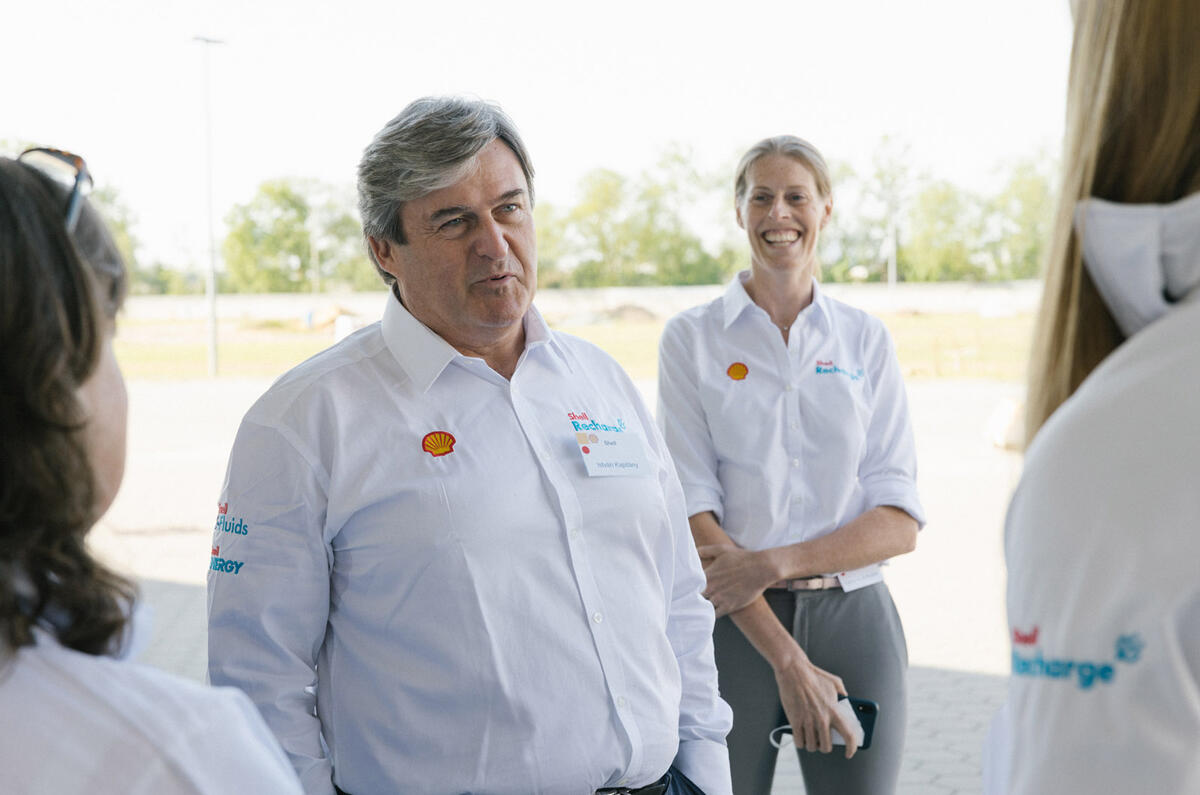
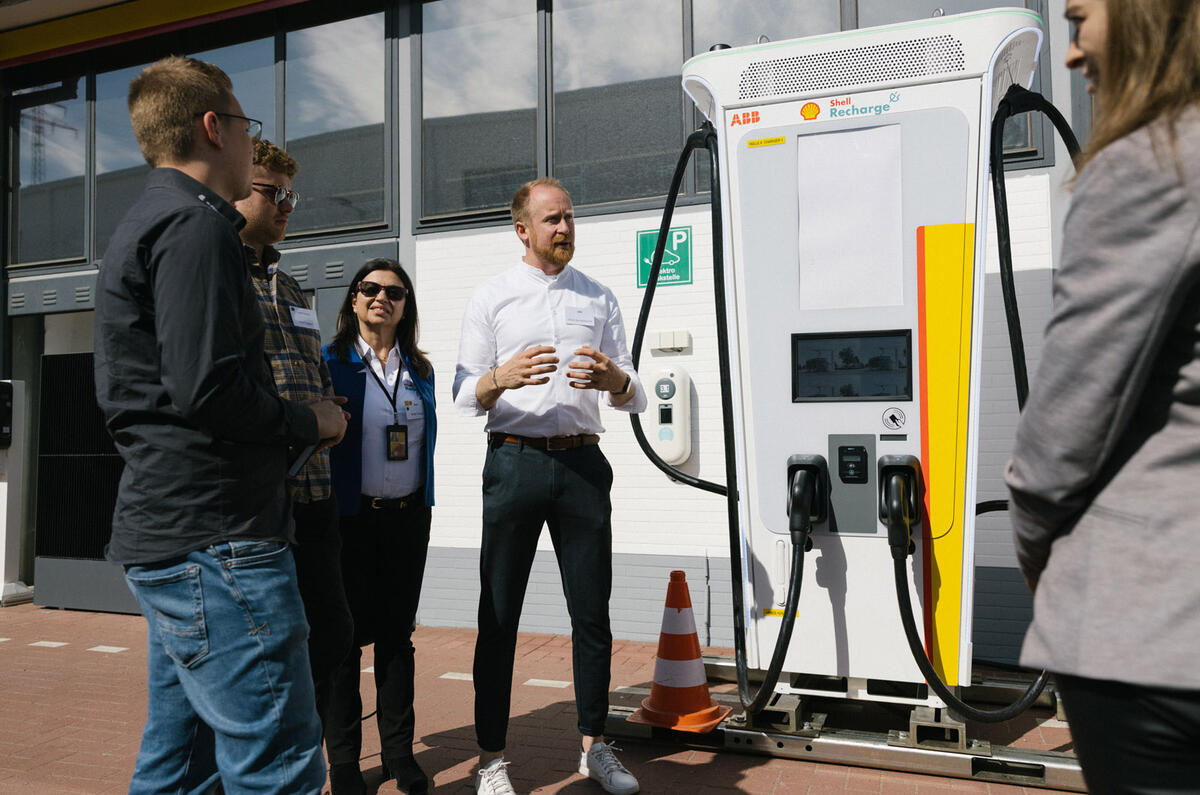

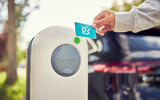
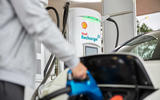
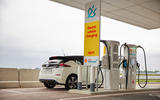
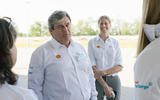
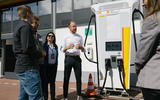


Add your comment